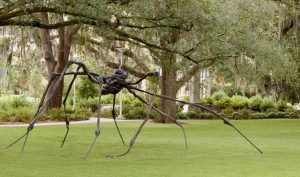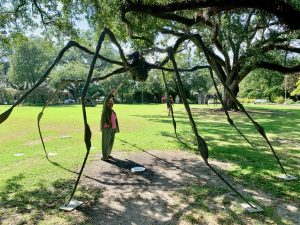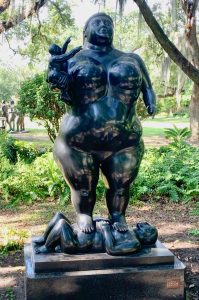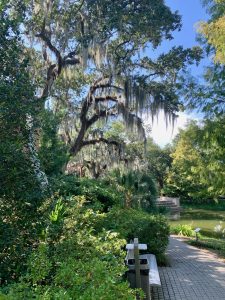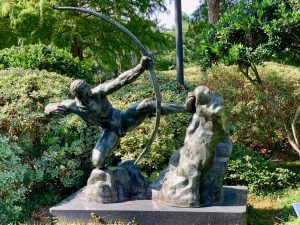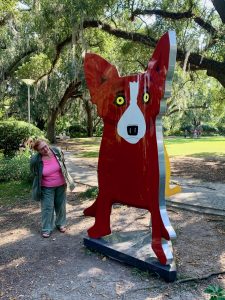New Orleans – reflections about this lovely City. We had visited many years ago when we drove across country in 1978 on our way to Los Angeles. So, when we found the Road Scholar Tour of New Orleans, City Of Mystery & Intrigue it seemed like the right thing to do.
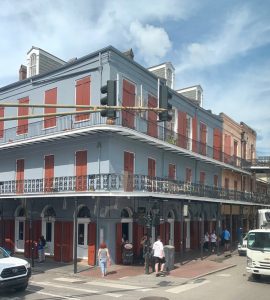
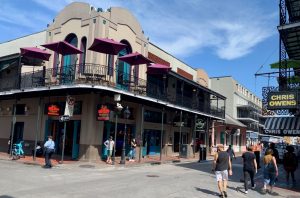
After checking into the Hotel Monteleone we joined 28 other Scholars to learn about this wonderful city.
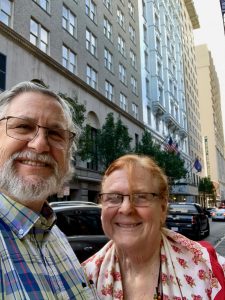
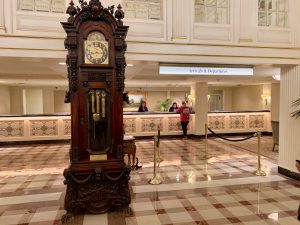
Dubbed affectionately by some as the northernmost Caribbean city, New Orleans revels in its giddy blend of European refinement and carefree effervescence, a place where virtue and vice are celebrated in equal measure. We where invited to surrender to the intoxicating charms of “the Crescent City” that have long fascinated artists, writers, musicians and scholars. We experienced live New Orleans jazz, took field trips inside and outside the French Quarter and Garden District; got perspectives on architectural and literary landmarks, and enjoyed the unique culinary adventures as well as the National World War II Museum.
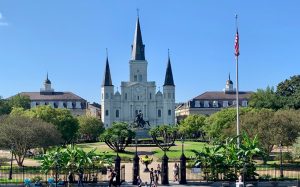
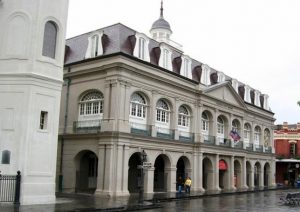
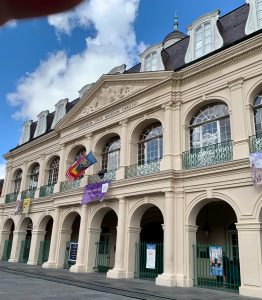
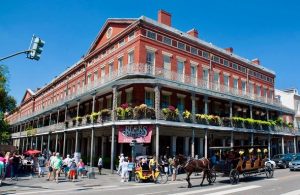
New Orleans is a consolidated city-parish located along the Mississippi river. With a population of about 391,000 it has the most residents of any city in Louisiana. The Port of New Orleans, that extends to Baton Rouge on the Mississippi river, is considered the economic and commercial hub for the broader Gulf Coast region and the gateway to the world, both with shipments out of the port and products brought in from all over the world.
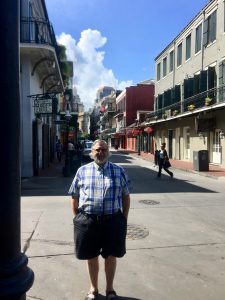
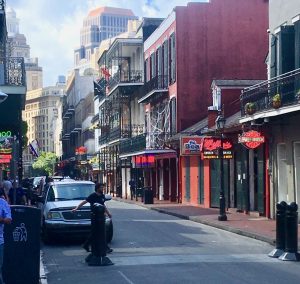
Founded in 1718 by French colonists, New Orleans was once the territorial capital of French Louisiana – was ruled by the Spanish from 1762-1801,given back to France and ultimately sold to the United States by Napoleon in the Louisiana Purchase of 1803. In 1840, New Orleans was the third-most populated city in the United States and was the largest city in the American South until after World War II.
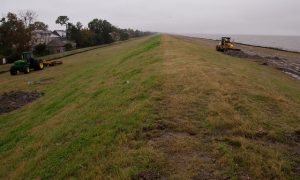
Needless to say, the flat elevation (New Orleans is actually below sea level) has resulted in flooding, resulting in various levees being created, large drainage pumps being installed and general a fear of the Mississippi and any hurricanes (think Katrina in August 2005).
Our first day started with a general introduction by Ms Ann, a lifetime resident of New Orleans, covering its history culture and discussion about levees and the role Lake Pontchartrain plays in protecting the City from flooding.
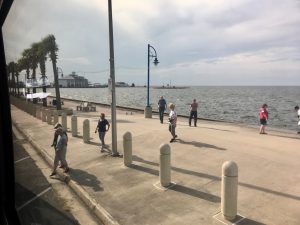
Following our “classroom intro”, we boarded the coach and drove around getting a feel for the city and learning about the various areas.
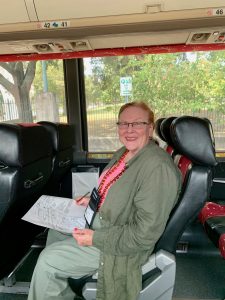
This included a visit to the one of the famed St. Louis above-ground cemeteries of the City.
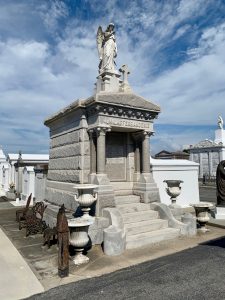

Along the way, we stopped at the The Sydney and Walda Besthoff Sculpture. Atypical of most sculpture gardens, this garden is located within a mature existing landscape of pines, magnolias and live oaks surrounding two lagoons. Lots of very interesting sculptures including some familiar artists and pieces we have seen in other locations.
